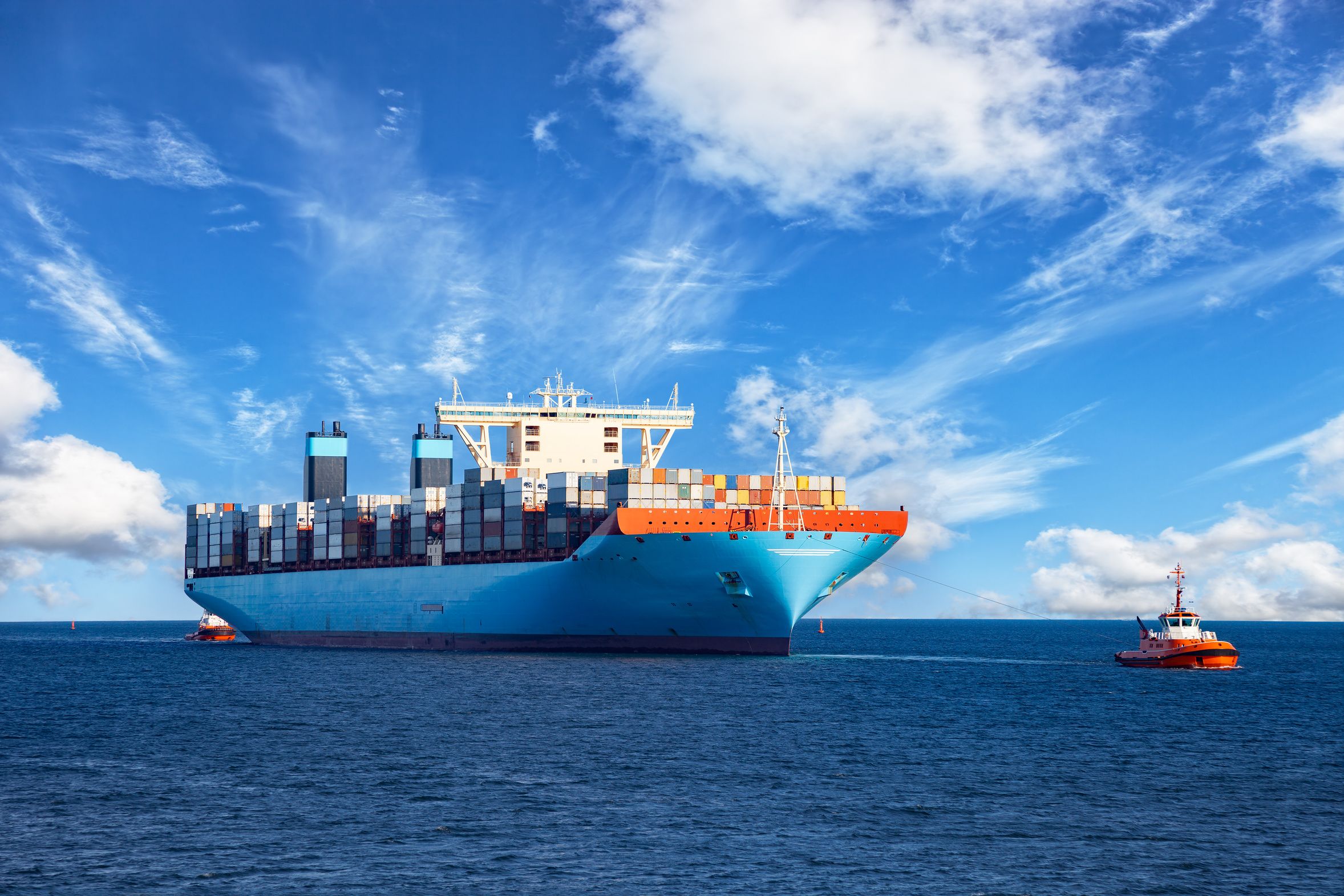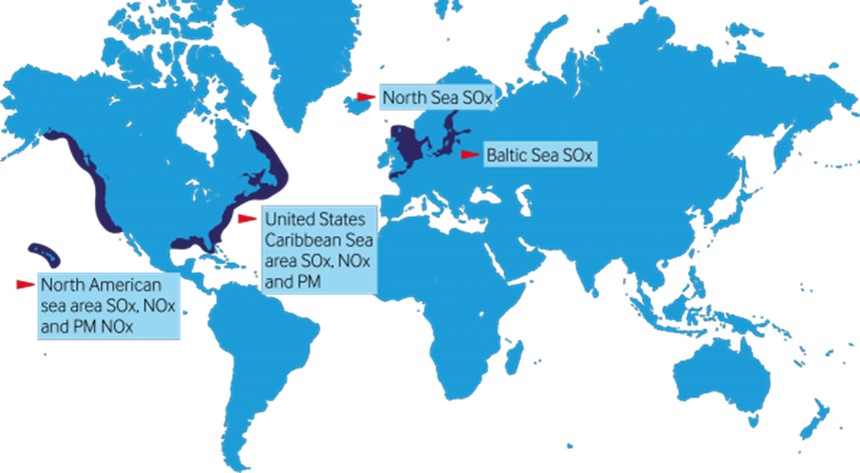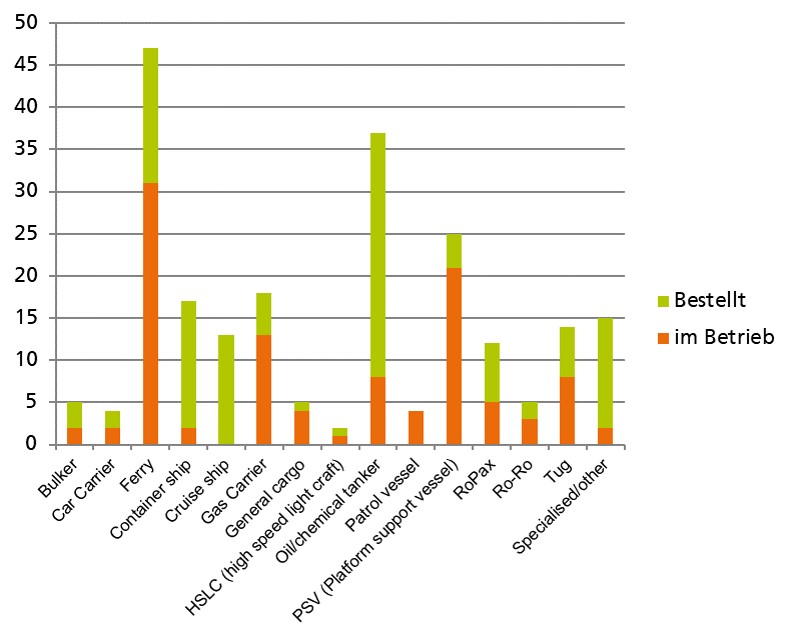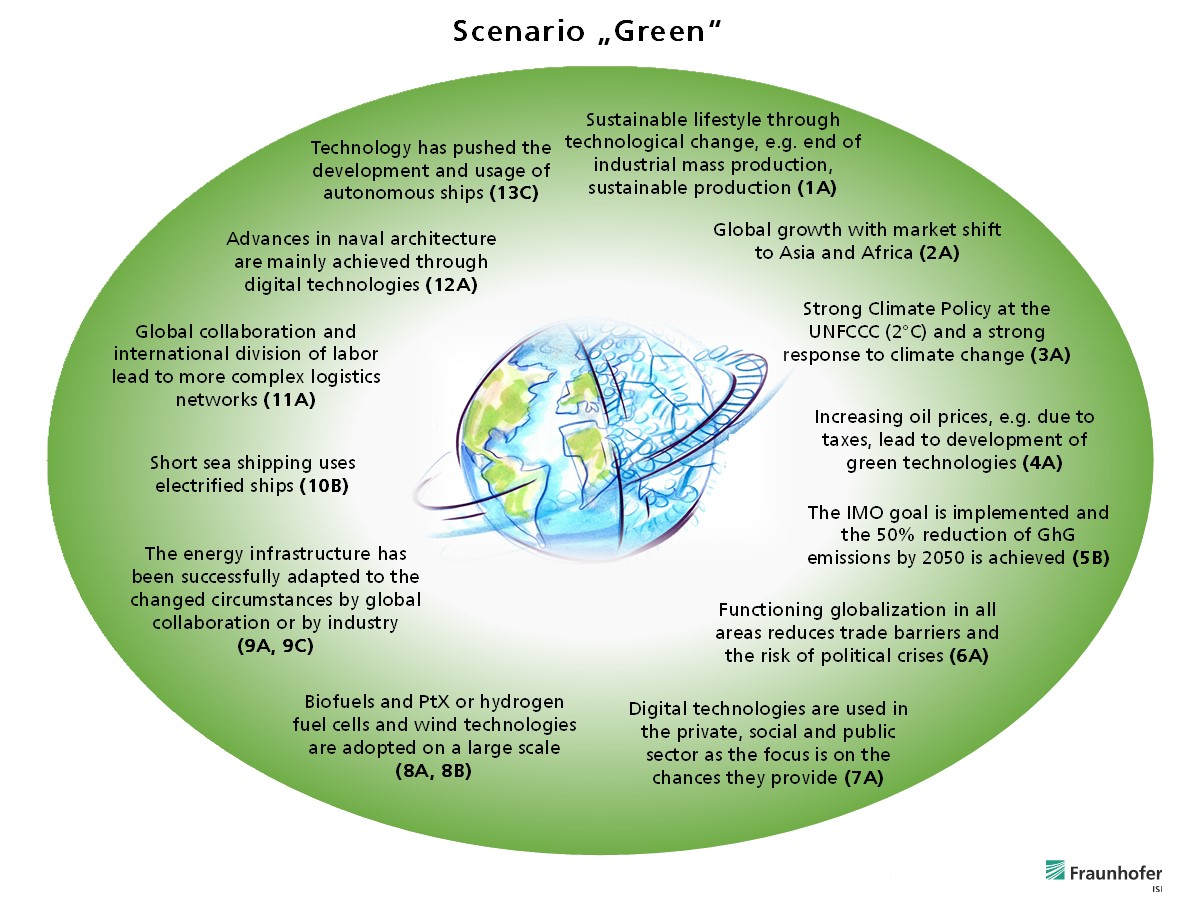The ongoing growth of trade will drive the development of global logistics with new services through supply chain management and ICT applications (e.g. B2B markets, real-time controlling). These developments will cause new company and market structures. At the same time, the interest of society and politics in the sustainability of maritime shipping is growing. Fraunhofer offers the competence to develop realistic economic and environmental analyses of the future in the industry through connections to the German supply industry and shipowners. The expertise in transport and climate policy enables the integration of environmental policy both internationally (IMO) and within Europe. Fraunhofer's competencies in the field of maritime policy and environment are:
Analysis and consulting on innovation and climate policy in the maritime industry
Market analysis and market development
Development of visions and modelling of technological developments and scenarios for the maritime industry
 Fraunhofer-Allianz Verkehr
Fraunhofer-Allianz Verkehr


